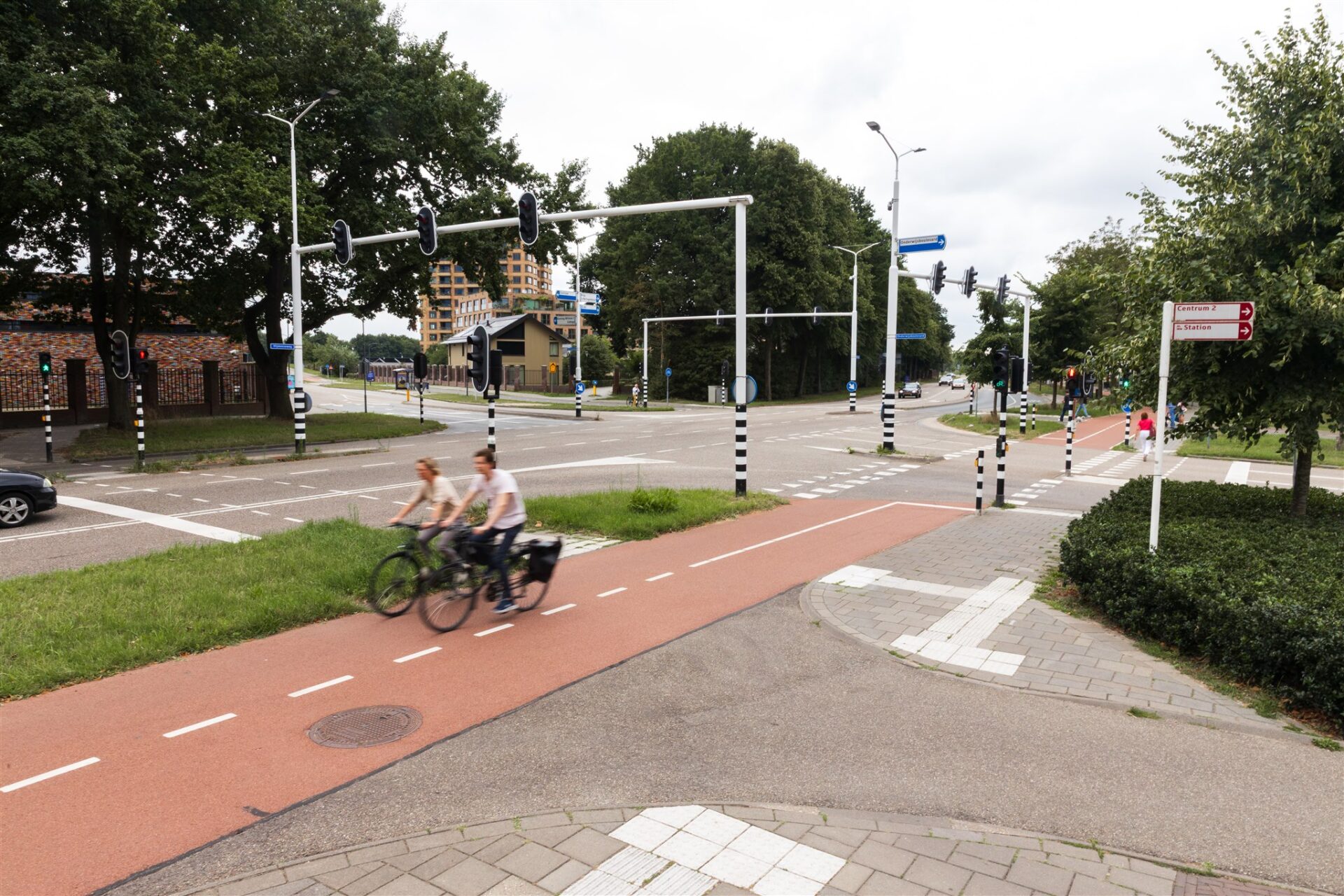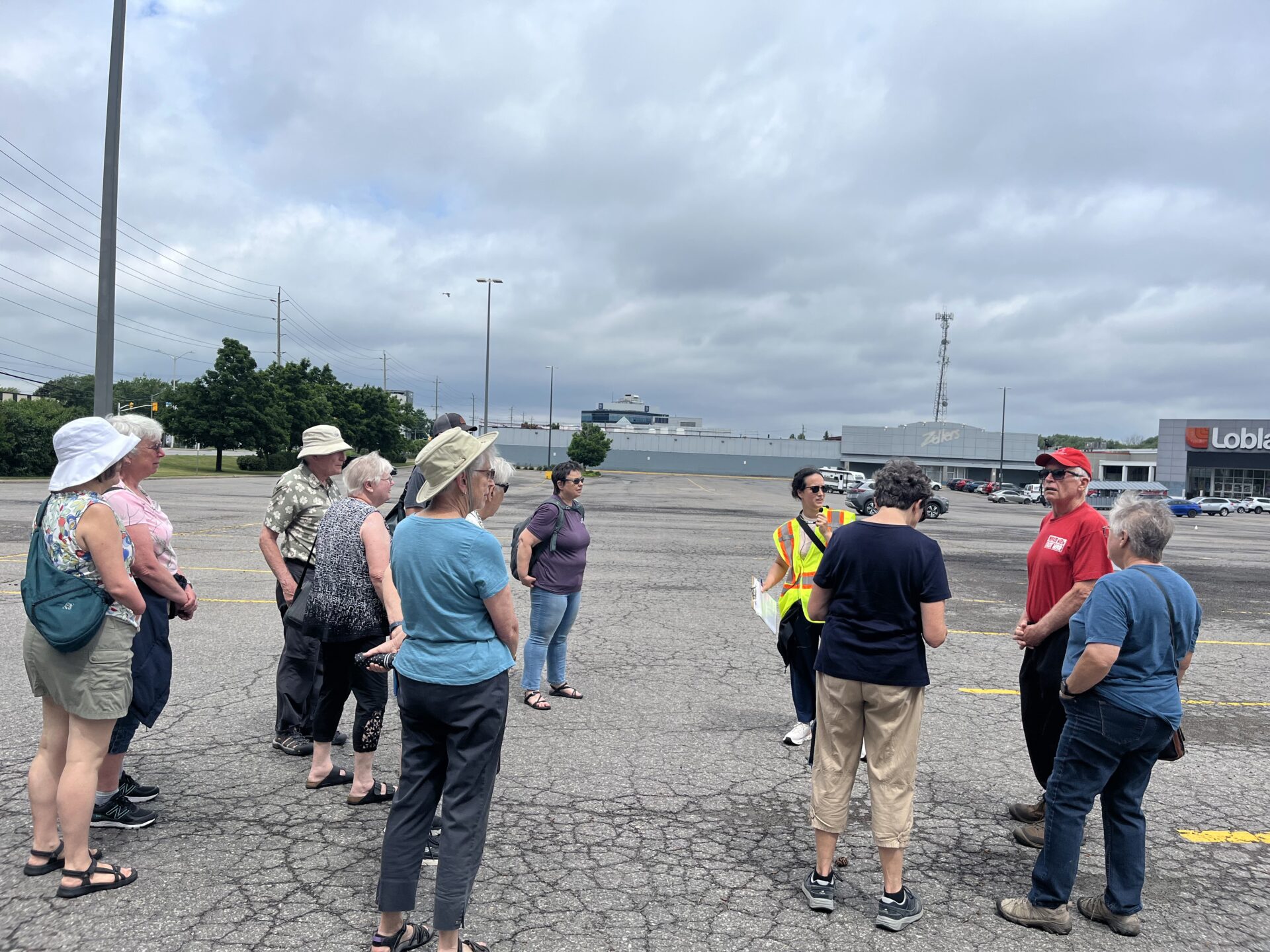Three Tips for Navigating Transformative Transportation Projects
We are in a sensitive time for transformative transportation projects. Whether you live in Toronto, Austin, Sydney, or elsewhere, you’ve likely read about recent bike lane controversies in the news.
The narrative is consistent: Project X proposes to remove lanes for cars to add bike lanes, often leaving some of the public and its elected officials wondering, how does it make sense to remove car lanes at a time when congestion is already bad and our communities are growing?
While these high-profile tensions play out in the big cities, it’s fair enough to say that smaller communities are feeling nervous about rocking the boat with projects that impact parking or car traffic to any degree.
In many cases it makes sense to leave car traffic alone when implementing sustainable transportation projects, but as more communities implement more of their network, many of these “low hanging fruits” have already been implemented, leaving key network gaps where more disruptive solutions are needed.

So how can communities big and small navigate this space and progress impactful projects with the support of the public and elected officials? Here are three key steps for success:
1. Develop a Community-led Vision
Work collaboratively with the public and elected officials to understand the key things people want for their community. This is where you want to invest a lot of time and effort with the public, listening to their issues and testing ideas and solutions. Visions could include improved road safety, more affordable living, a great place for kids to grow up, or more recreational walking and cycling options. A visioning exercise may seem trivial, since the issues people raise are likely not to come as a surprise to transportation practitioners, but it’s the process that matters, making sure people are heard and feel part of the process. When this trust is built up-front, people will be more likely to understand the reasoning behind transformative projects.

2. Connect Everything You Do to the Vision
When communicating a project, avoid focusing on benefits to a single road user (such as people cycling), as this can lead others to wonder “what’s in it for me?”. A project that reduces car lanes to add bike lanes will lead drivers to feel like they’re losing out. For example, if your vision includes improved road safety, focus on how a road diet can reduce all types of traffic injuries and deaths. If your focus is kids independent travel, stress how the project will help get more kids out of their parents’ cars (and if the design you’re proposing is not good enough for kids, consider going back to the drawing board).

3. Consult Only on Local Impacts
With a fully endorsed vision and/or plan that’s been heavily influenced by the public and worked through with decisionmakers, now it’s time to implement. Consultation is still necessary, but avoid making this too existential – focus on small adjustments to the project to mitigate local impacts as they arise, without bringing the entire project into question. For example, someone may be worried about how a new protected bike lane affects their driveway access, which may require adjusting the location of a pinned curb.
Transformative transportation projects will always present some level of controversy, but with an approach driven by visioning and communications expertise, you’ll be most likely to succeed.

